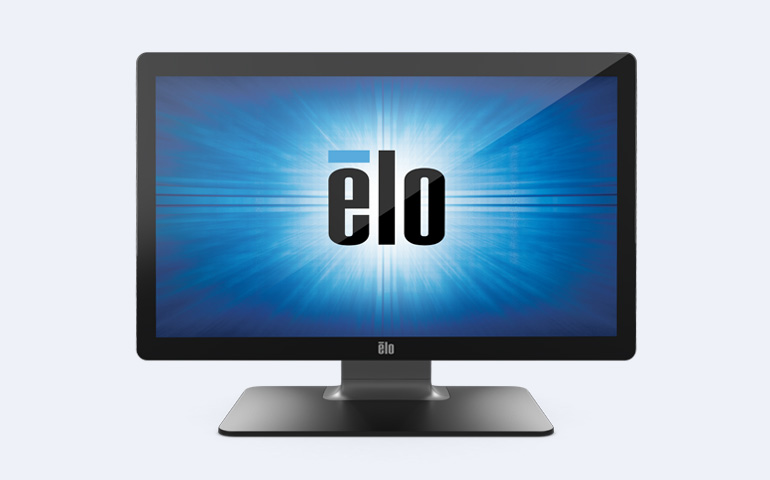Entuitive Touch Screen Drivers For Mac

I am searching for Monitor Drivers for Mac OS for P191W and X223HQ monitors. Can anyone help please? FAQ & Answers. Sharanji ACE Posts: 4,117 Pathfinder. There are no seperate driver for MAC. Acer monitor & Mac Mac & DisplayPort. Software / Drivers. For the latest touch monitor drivers, you will need to know what type of touch screen and controller technology your monitor uses. This is most easily determined by looking at two specific digits of the part number of your touch monitor. You can find your part number on the silver label located on the back of your touch monitor.
File typeDescriptionVersionFileDriverInterface:USB OS:CE 4.01.01rev.2010/05/25File Size: 1.4MBSite1DriverInterface:USB OS:CE 4.11.02rev.2010/05/25File Size: 1.4MBSite1DriverInterface:Serial OS:CE 4.0;4.101.0rev.2010/05/25File Size: 1.33MBSite1DriverInterface:USB,Serial OS:CE 4.21.14rev.2010/05/25File Size: 0 MBSite1DriverInterface:USB,Serial OS:CE 5.02.2rev.2010/05/25File Size: 0 MBSite1DriverInterface:USB,Serial OS:CE 6.02.2rev.2010/05/25File Size: 0 MBSite1.
When you install Microsoft Windows on your Mac, Boot Camp Assistant automatically opens the Boot Camp installer, which installs the latest Windows support software (drivers). If that doesn't happen, or you experience any of the following issues while using Windows on your Mac, follow the steps in this article.
- Your Apple mouse, trackpad, or keyboard isn't working in Windows.
Force Touch isn't designed to work in Windows. - You don't hear audio from the built-in speakers of your Mac in Windows.
- The built-in microphone or camera of your Mac isn't recognized in Windows.
- One or more screen resolutions are unavailable for your display in Windows.
- You can't adjust the brightness of your built-in display in Windows.
- You have issues with Bluetooth or Wi-Fi in Windows.
- You get an alert that Apple Software Update has stopped working.
- You get a message that your PC has a driver or service that isn't ready for this version of Windows.
- Your Mac starts up to a black or blue screen after you install Windows.
If your Mac has an AMD video card and is having graphics issues in Windows, you might need to update your AMD graphics drivers instead.
Install the latest macOS updates
Before proceeding, install the latest macOS updates, which can include updates to Boot Camp.
Format a USB flash drive
To install the latest Windows support software, you need a 16GB or larger USB flash drive formatted as MS-DOS (FAT).

- Start your Mac from macOS.
- Plug the USB flash drive into your Mac.
- Open Disk Utility, which is in the Utilities folder of your Applications folder.
- Choose View > Show All Devices from the menu bar.
- From the sidebar in Disk Utility, select your USB flash drive. (Select the drive name, not the volume name beneath it.)
- Click the Erase button or tab.
- Choose MS-DOS (FAT) as the format and Master Boot Record as the scheme.
- Click Erase to format the drive. When done, quit Disk Utility.
Download the Windows support software
After preparing your USB flash drive, complete these steps:
- Make sure that your Mac is connected to the Internet.
- Open Boot Camp Assistant, which is in the Utilities folder of your Applications folder.
- From the menu bar at the top of your screen, choose Action > Download Windows Support Software, then choose your USB flash drive as the save destination. When the download completes, quit Boot Camp Assistant.
Learn what to do if you can't download or save the Windows support software.
2) Open VoiceMeeter and Select Output. Now that you have installed everything and restarted your computer, open VoiceMeeter Banana. Select A1 in the upper right. Select your WDM listening device from the dropdown. If this does not work, come back and try the MME version after. Your input and output will both have to be either WDM or MME 3) Select Inputs. Voicemeeter virtual input not working.
Install the Windows support software
After downloading the Windows support software to your flash drive, follow these steps to install the software. (If you're attempting to resolve issues with a Bluetooth mouse or keyboard, it might be easier to use a USB mouse or keyboard until these steps are complete.)
- Make sure that the USB flash drive is plugged into your Mac.
- Start up your Mac in Windows.
- From File Explorer, open the USB flash drive, then open Setup or setup.exe, which is in the WindowsSupport folder or BootCamp folder. When you're asked to allow Boot Camp to make changes to your device, click Yes.
- Click Repair to begin installation. If you get an alert that the software hasn't passed Windows Logo testing, click Continue Anyway.
- After installation completes, click Finish, then click Yes when you're asked to restart your Mac.
Learn more
If you can't download or save the Windows support software:
- If the assistant says that the Windows support software could not be saved to the selected drive, or that the USB flash drive can't be used, make sure that your USB flash drive has a storage capacity of at least 16GB and is formatted correctly.
- If the assistant doesn't see your USB flash drive, click Go Back and make sure that the drive is connected directly to the USB port on your Mac—not to a display, hub, or keyboard. Disconnect and reconnect the drive, then click Continue.
- If the assistant says that it can't download the software because of a network problem, make sure that your Mac is connected to the Internet.
- Make sure that your Mac meets the system requirements to install Windows using Boot Camp.
If a Mac feature still doesn't work after updating the Windows support software, search for your symptom on the Apple support website or Microsoft support website. Some features of your Mac aren't designed to work in Windows.